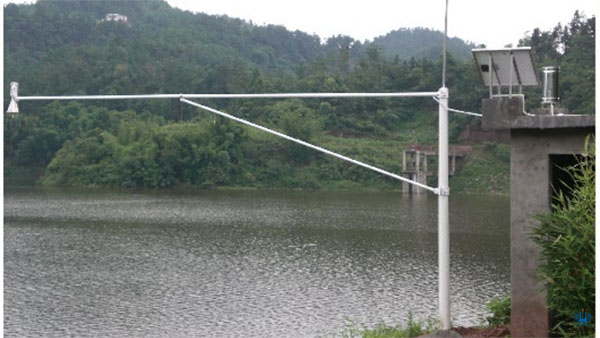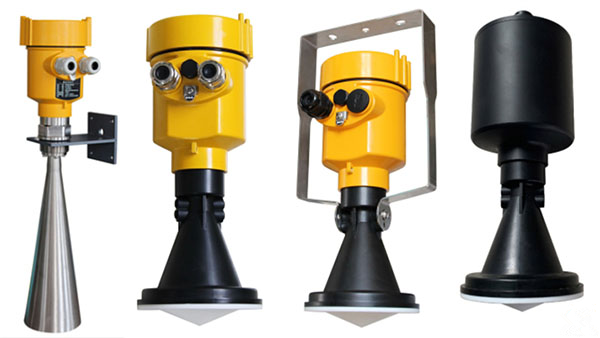Flood disasters have been one of the natural disasters that threaten human survival and development since ancient times.
With the advancement of science and technology, people have gradually developed a series of monitoring and early warning methods to reduce or even avoid the losses caused by floods.
Among these high-tech equipment, radar water level meters have become an indispensable part of modern flood prevention and early warning systems with their unique advantages.

Radar water level gauge is an instrument that uses radar waves to measure water level. It transmits radar waves and receives signals reflected from the water surface, and calculates the height of the water level.
Compared with traditional buoy or pressure water level gauges, radar water level gauges have the advantages of no need to contact the water body, fast response speed, high accuracy, and easy maintenance.
In the field of flood prevention and early warning, the application of radar water level gauges is crucial. It can monitor the water level changes in rivers, reservoirs, tides and other waters in real time, detect abnormal fluctuations in time, and provide accurate data support for flood prevention decisions.
Specifically, the role of radar water level gauges in flood prevention and early warning is mainly reflected in the following aspects: real-time monitoring and data transmission.
Radar water level gauges can achieve 24-hour uninterrupted water level monitoring and transmit data to the monitoring center in real time through wireless communication technology. This means that once the water level rises abnormally, the relevant departments can be notified immediately and respond quickly.
High precision and reliability. The measurement accuracy of radar water level gauges can usually reach the millimeter level, which is crucial for flood prevention and early warning.
Accurately grasping water level changes will help to scientifically formulate flood discharge, water diversion and other plans to minimize flood losses.

Stability in harsh environments. Due to its non-contact nature, radar water level gauges can work stably in harsh climatic conditions, such as rain, fog, snow and freezing weather.
This is especially important for continuous monitoring during flood control. Easy to integrate and expand. Modern radar water level gauges can be easily integrated into larger flood control monitoring systems, working in conjunction with other sensors such as meteorological radars and geological monitoring equipment to form a comprehensive flood warning network.
Long-term economic benefits. Although the initial investment of radar water level gauges is relatively high, due to their low maintenance costs and long service life, their economic benefits in flood warning are significant in the long run. It is worth mentioning that in practical applications, how to better play the role of radar water level gauges still needs to be considered in many factors.
For example, the installation location of the equipment should be selected to be representative of the water level changes in the entire basin; at the same time, the processing and analysis of data requires professional technical support to ensure the accuracy and timeliness of the warning information. In addition, public education and training are also key.
The role of radar water level gauges can only be maximized when all relevant personnel can understand and respond correctly to the warning information.

Radar water level gauge plays an important role in flood warning. It not only improves the efficiency and accuracy of water level monitoring, but also strengthens the scientificity and effectiveness of flood control decision-making.
With the continuous development of technology and the deepening of application, radar water level gauge will play a greater role in future flood warning and protect people’s lives and property from the threat of floods.
